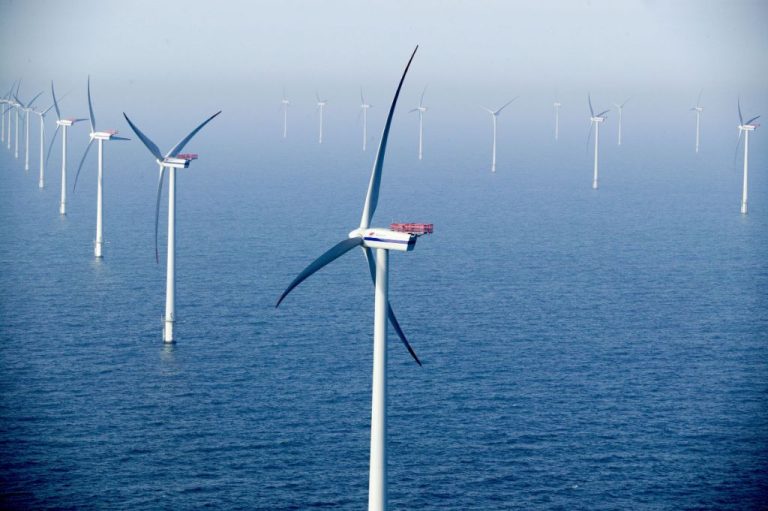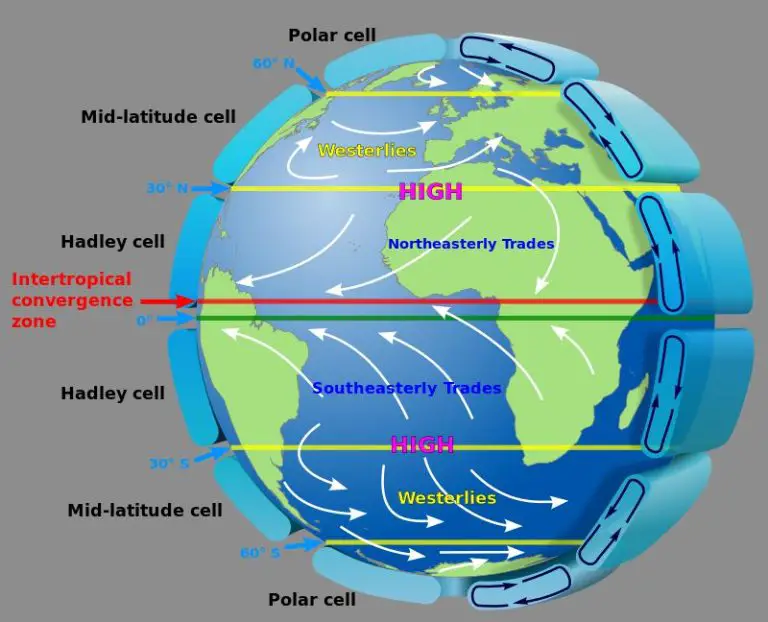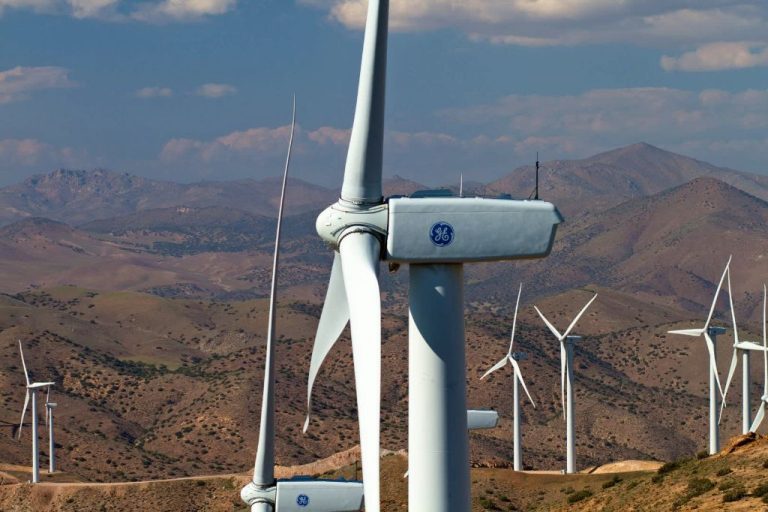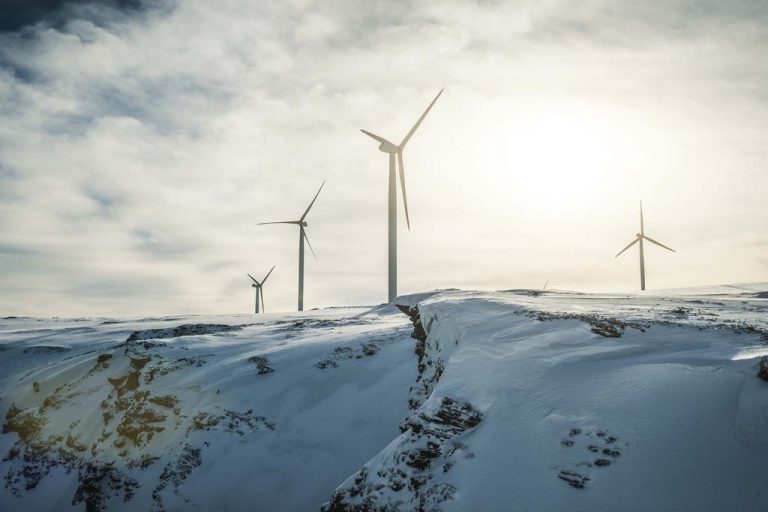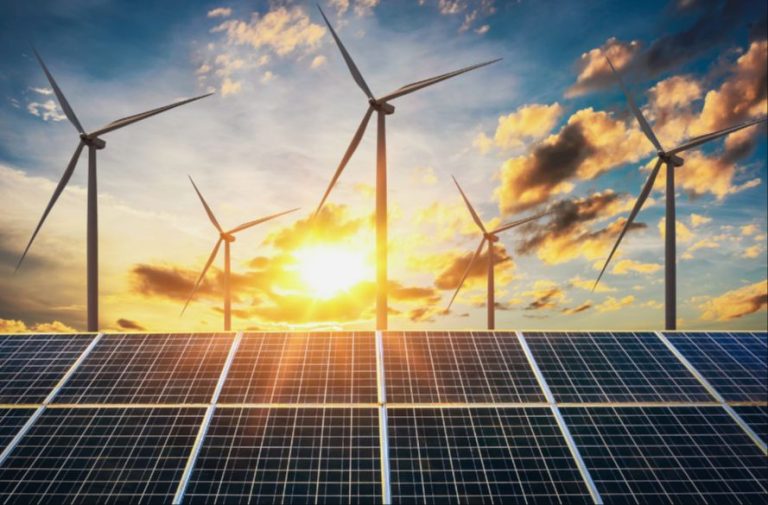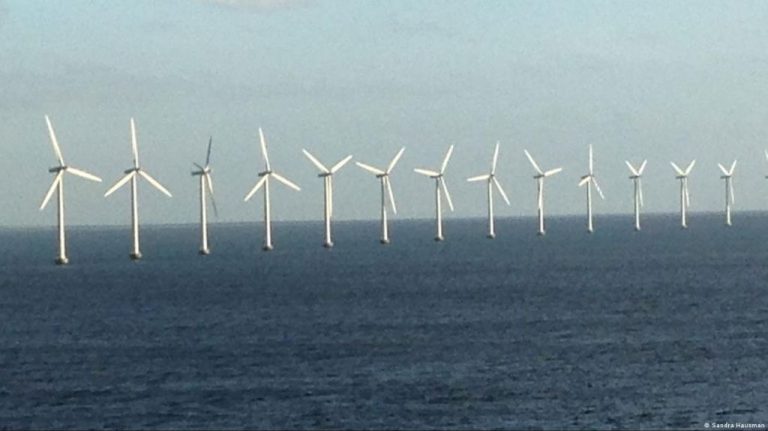Is Wind Power A Build Event?
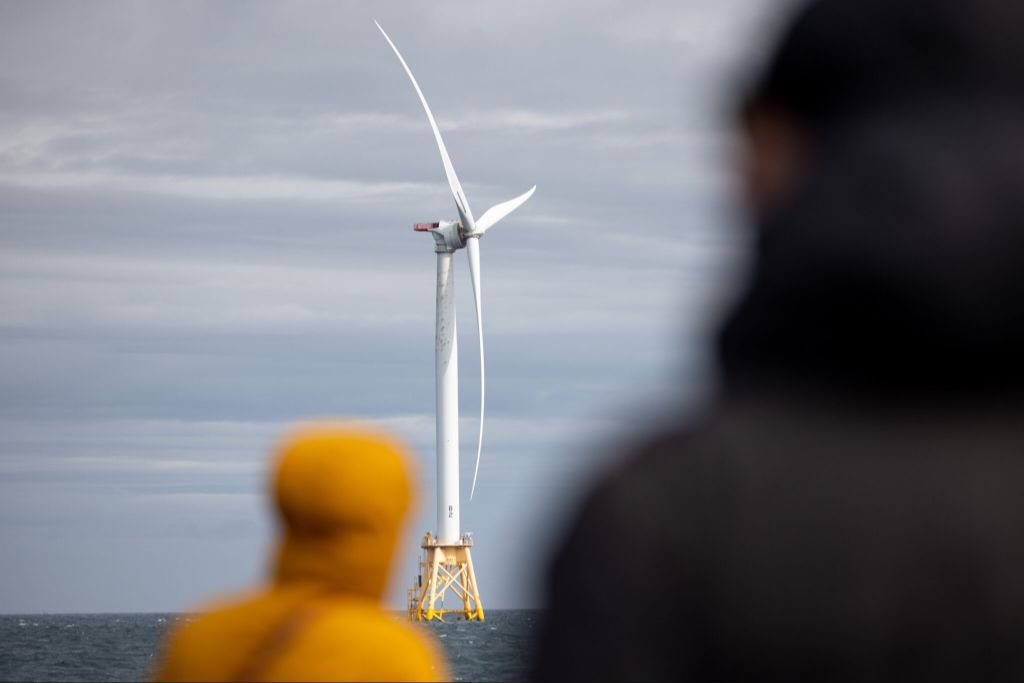
Wind power has experienced explosive growth over the past decade. According to the American Clean Power Association, wind energy capacity in the United States has increased from 25 gigawatts in 2009 to over 122 gigawatts in 2021. That’s nearly a fivefold increase! With compelling economic and environmental benefits driving continued growth, wind power is emerging as a mainstream energy source around the world.
In this article, we will explore the history, benefits, challenges and future potential of wind power. By the end, you’ll have a comprehensive understanding of this renewable energy source that is transforming electricity grids across the globe.
What is Wind Power?
Wind power or wind energy is a form of renewable energy that harnesses the power of the wind to generate electricity. Wind turbines convert the kinetic energy in the wind into mechanical power. This mechanical power can then be used to generate electricity (Energy.gov, 2022).
Wind turbines consist of three main components:
- A rotor that has two or more blades
- A nacelle that houses a drive train, generator, and controller
- A tower that supports the rotor and nacelle
The blades capture the wind and spin the rotor, which then spins a shaft connected to a generator to create electricity. The nacelle controls the direction the turbine faces to capture the most wind. The tower raises the turbine high in the air to capture faster wind speeds (National Geographic, 2023).
Overall, wind power provides a clean, renewable way to harness the wind to generate electricity without emitting greenhouse gases.
History of Wind Power
Wind power has been utilized for thousands of years. According to the U.S. Energy Information Administration, simple wind-powered water pumps were being used in China around 200 BC. By 200 AD, windmills with woven-reed blades were grinding grain and pumping water in ancient Persia and the Middle East (Source). Throughout the Middle Ages, Europeans tailored windmills for agricultural tasks like grinding grain. Windmills became popular in Europe, particularly in Holland, where they were used to drain lakes and marshes.
The development of modern wind turbines began in the late 19th century with Danish scientist Poul la Cour’s work on wind energy. In the 1980s, wind turbines began generating utility-scale amounts of electricity in California. Since then, technological advances in turbine design have increased efficiency and capacity while lowering costs. By the end of 2019, global wind capacity exceeded 650 gigawatts, led by China, the United States, and Germany (Source).
The growth of wind power capacity has accelerated in recent decades. In the early 2000s, global wind capacity was only 31 gigawatts but it grew over 20 times to 650 gigawatts by 2019. The United States has tripled its wind power capacity since 2008. Wind supplied over 7% of U.S. electricity generation in 2019, up from less than 1% in 2000 (Source).
Benefits of Wind Power
Wind power offers several key benefits that make it an attractive renewable energy source. First, wind is a clean and renewable power source (U.S. Department of Energy). Unlike fossil fuel power plants, wind turbines do not produce air pollution or greenhouse gases. Wind power helps reduce reliance on fossil fuels like coal and natural gas (National Renewable Energy Laboratory). In 2020, wind power avoided an estimated 202 million tons of carbon dioxide emissions in the United States.
In addition, wind energy creates jobs and spurs rural economic development. The wind industry employed over 120,000 people in the U.S. in 2020, mostly in manufacturing, construction, and operations (U.S. Department of Energy). Many of these jobs are located in rural areas, providing new employment opportunities. Farmers can also generate income by leasing land for wind turbines while still using most of their land for crops or livestock.
Challenges of Wind Power
While wind energy does provide many benefits, there are also some notable challenges to using it as a source of renewable power generation. Some key challenges include:
Intermittency and variability – The wind does not blow consistently, which means wind power can have large fluctuations in generation over time. This intermittency can make it difficult to integrate large amounts of wind power into the grid compared to more stable sources like fossil fuels (1).
Geographic limitations – Wind farms require certain wind speeds to operate efficiently, which means the best sites are often in remote locations far from cities and transmission infrastructure. Areas that lack consistent wind speeds face geographic limitations in utilizing wind power (2).
Upfront costs – Constructing utility-scale wind farms requires large capital investments for permitting, turbines, land leases, grid connections, etc. The upfront cost can deter adoption, even though ongoing costs are low.
Land use conflicts – Modern wind turbines require a large land footprint, which can generate conflicts with local communities over viewsheds, wildlife impacts, or noise concerns.
Noise – Wind turbines do generate noise pollution from mechanical and aerodynamic sources, which has to be considered in siting. Low frequency noise in particular can disturb some local residents.
While these challenges exist, experts continue working to increase predictability of wind patterns, lower costs through technology, identify new high-potential sites, mitigate wildlife impacts, and reduce noise to facilitate greater use of wind energy (1,2).
(1) https://www.energy.gov/eere/wind/advantages-and-challenges-wind-energy
(2) https://www.nrel.gov/wind/grand-challenges.html
Wind Power Capacity
As of the end of 2021, the total installed wind power capacity in the United States was over 132,938 megawatts (MW), generating over 380 terawatt-hours of electricity annually, which is more than 10% of total U.S. electricity generation U.S. Installed and Potential Wind Power Capacity and Generation | Energy.gov. Texas leads the nation with over 35,000 MW installed, followed by Iowa, Oklahoma, Kansas, and California. Globally, total installed wind power capacity reached over 837 gigawatts (GW) by the end of 2021, led by China, the U.S., Germany, India, and Spain IEA – Wind.
Projections estimate that global wind power capacity could grow to over 2,110 GW by 2027. Continued technology improvements allowing for larger turbines, taller towers, and sites further offshore are expected to accelerate growth. The U.S. Department of Energy has set a goal of achieving a net-zero carbon electricity sector by 2035, which would require quadrupling wind capacity to over 500 GW in the next 15 years. Realizing these ambitious targets will require policies supporting accelerated wind energy deployment across the country.
Policy Support
Wind power growth in the United States has been driven by federal, state and local policies that encourage renewable energy development. Key policies that have supported wind power include:
The federal Production Tax Credit (PTC) provides a tax credit per kilowatt-hour of electricity generated by qualifying renewable energy sources like wind. According to the WINDExchange, the PTC has been critical for the expansion of wind power in the U.S. https://windexchange.energy.gov/policies-incentives
State renewable portfolio standards require utilities to source a percentage of their electricity from renewable sources. According to a 2015 NREL report, 29 states plus Washington D.C. had enforceable RPS policies. https://www.nrel.gov/docs/fy15osti/64177.pdf
Permitting and siting regulations can impact the expansion of wind power. Local zoning laws and ordinances regulate factors like turbine location, noise limits, and setbacks from property lines. Streamlining permitting and siting policies can facilitate wind power growth.
Public Opinion
Public opinion polls show broad support for expanding wind power in the United States. According to a 2021 Pew Research Center survey, 77% of U.S. adults favor more wind turbine farms, including 39% who strongly favor them. This represents a decline from a 2019 Pew Research Center survey that found 85% in support of more wind farms (https://www.pewresearch.org/short-reads/2021/06/08/most-americans-support-expanding-solar-and-wind-energy-but-republican-support-has-dropped/). Despite broad public support, wind projects often face opposition from local communities concerned about visual impact, noise, and effects on wildlife. According to one review, 25% of wind projects faced local opposition between 2000-2020, underscoring the “social gap” between general support and local acceptance (https://emp.lbl.gov/projects/wind-neighbor-survey).
Overall, polls indicate most Americans view wind power positively and support continued expansion of wind farms to increase renewable energy production. However, community concerns can lead to resistance for proposed local projects.
Wind Power’s Role
Wind power plays an increasingly important role in electricity generation worldwide. According to the U.S. Department of Energy, wind power comprised over 8% of total U.S. electricity generation and avoided over 198 million metric tons of carbon dioxide emissions in 2019 (source). The share of wind power in the global electricity mix reached over 5% in 2018 and is projected to grow to up to 17% by 2030.
Wind energy offers significant potential to reduce carbon emissions and mitigate climate change. Compared to fossil fuel power plants, wind turbines produce very low lifecycle carbon emissions. As more wind farms are constructed to meet rising electricity demand, the displacement of fossil fuel generation is expected to avoid over 3 billion metric tons of carbon dioxide emissions globally from now until 2050 (source). Wind energy is a readily available and scalable solution that will play a major role in the transition to a low-carbon future.
Conclusion
To summarize the key points, wind power has rapidly expanded as a renewable and clean energy source over the past few decades. Wind power capacity and generation has grown significantly across the globe, led by countries like China, the US, Germany, and India. The environmental and economic benefits of wind power have made it an attractive energy source for many countries looking to reduce fossil fuel dependence and carbon emissions. Though wind power still faces limitations such as intermittency and location constraints, technological improvements and policy support have enabled the industry to overcome many barriers. Public opinion is also largely favorable, especially in nations where wind development has accelerated.
Overall, the growth trends, falling costs, environmental advantages, and technological advancements suggest that wind power is a transformative energy solution of the future. While not without challenges, wind energy is emerging as a mainstream electricity source around the world. The industry is projected to continue expanding in the coming decades as more nations seek to tap into this abundant renewable resource and further reduce their carbon footprints. Therefore, the rapid rise of wind power globally indicates that it is indeed a major energy transition and sustainable “build event” for the 21st century.

